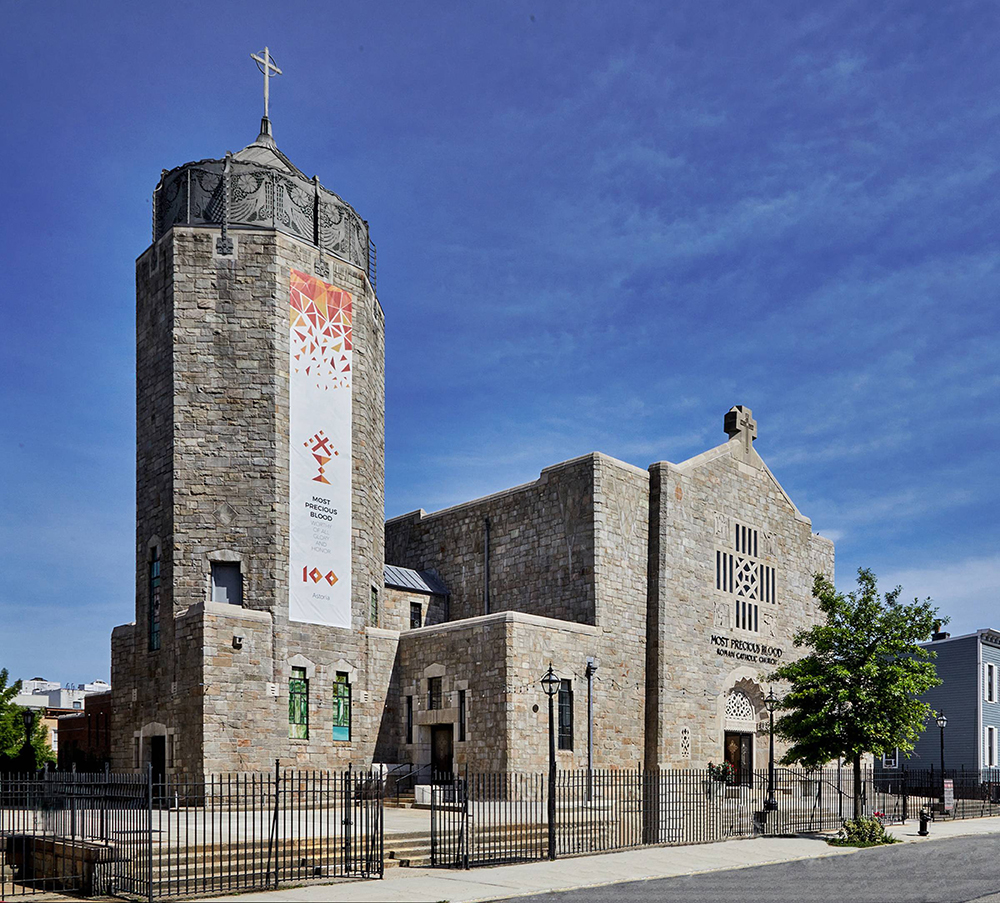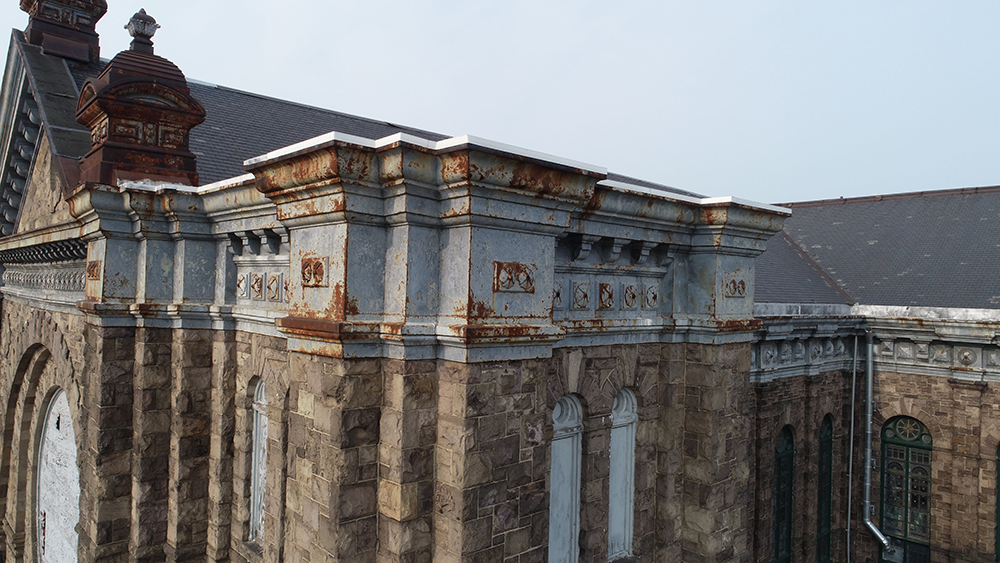
PROSPECT HEIGHTS — After decades of renovating churches across the Diocese of Brooklyn, a New York City architectural firm with strong Catholic ties is getting commemorated by one of the premier preservation organizations in the state.
Zaskorski & Associates, Architects, has earned the Lucy G. Moses Preservation Award, the highest award given by the New York Landmarks Conservancy, for the restoration of St. John the Baptist Church in Bedford-Stuyvesant and Most Precious Blood Church in Astoria. Taking eight years and 15 years, respectively, for complete analysis and reconstruction, the restorations called for complex repairs, from the stained glass windows to the rooftops. Both projects were completed in 2023.
“It’s on a preservation level. It’s more than just a repair. After working on something for 15 years, it’s nice when someone says you did a good job,” Carlo Zaskorski, the firm’s founder, a Catholic, told The Tablet.
The New York Landmarks Conservancy will honor the recipients of the Lucy G. Moses Preservation Award on Wednesday, April 10.
The restoration of Most Precious Blood, built as an Art Deco masterpiece in 1932, was comparatively fast, said Zaskorski. He explained that the restoration process takes assessment and time, but the church leadership insisted on a guarantee that the structure would not close during the extensive reconstruction of its exterior and interior.
The belfry tower and the front, side, and rear facades of the roof were leaking badly and had to be reconstructed. Peacock screens, which sit atop the belfry, were disassembled and airblasted, then repaired with molten aluminum, the architect said. They were then returned to their original position atop the belfry.
“The peacock symbolizes rebirth and hope in the Christian faith,” the New York Landmarks Conservancy wrote to Zaskorski & Associates. “In early times, many Christians could not read, and the liturgy relied on symbols to convey messages.”
Before putting power tools to the buildings, Zaskorski and his team researched the history of the churches, especially important given their age and history.
“We have to inspect and assess every single square foot of the building to understand what the building needs. And the building will tell us — it will tell us what it needs. What we have to do is know how to listen to it,” Zaskorski said.
For St. John the Baptist Church, they dug into the history of Patrick Keely, coined the “Prince of Church Architecture” by the New York Irish History Roundtable Archive. Keely was responsible for designing more than 600 churches and 16 cathedrals throughout the Eastern United States, many of them in New York City. Despite the scaffolding erected outside St. John the Baptist, Mass was still celebrated every day.

While the entire process has taken eight years, the actual exterior restoration did not begin until about three years ago as the parish awaited funding, St. John the Baptist pastor Father Astor Rodriguez told The Tablet.
Now, the interior restoration of the church has begun. The church is surrounded by NYCHA housing developments, and Father Rodriguez hopes that the restoration of his church will remind neighbors of its presence in the community.
“We want people to know that we are here, to come through our doors and celebrate with us. We are present, we are not leaving. There’s a future here and we just want to be available and to continue to serve in the best way possible,” Father Rodriguez said.
Some of the restorations at St. John the Baptist included window reconstruction, roof replacement, and waterproofing.
For the stained glass windows, the firm needed to remove the glass itself and then reconstruct their frames to “duplicate the historical character of the building in mahogany.” Originally, the windows were framed in pine, a wood that decays easily. They then installed a laminated glass sheet in front of the windows to protect them from vandalism.
“There was a rose window, which was at the front of the church, which essentially was crumbling in our hands. It was 25 feet in diameter, and all the wood in the window essentially had rotted because the church wasn’t maintained, unfortunately. So that was a big effort,” Zaskorski said.
The firm has worked on more than a dozen churches and religious institutions in the diocese, including both the church and academy at St. Bartholomew in Elmhurst. They are currently working on the restoration of St. Cecilia Church, St. Raphael Church, and St. Michael Church.
“These churches are more than just a building, more than just brick and mortar, glass and roofs. They have tremendous spiritual importance, and I think that’s very valuable. People attend church every Sunday and it’s very uplifting for them,” Zaskorski said.
